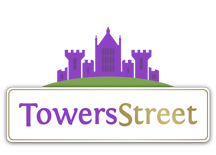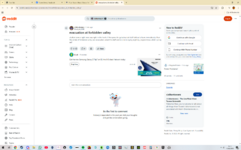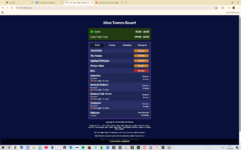DistortAMG
TS Member
- Favourite Ride
- POTC Disneyland Paris
Because on rides like Th13teen, Wickerman and Monorail can make a big difference on 3 or more compared to 2
But if a queue is advertised as 40 minuites, then it should be around 40 minuites should it not?
In that regard, it doesn't matter how many trains are on the ride, if it is a 40 minute queue, it is a 40 minute queue.
The queue times are not estimated on the assumption that a ride is running at full capacity. They are based on the current throughput from the current capacity and trains on the ride at any given time. This is why the information about how many trains a ride is running is irrelevant in the context of giving queue times. If that makes sense.



